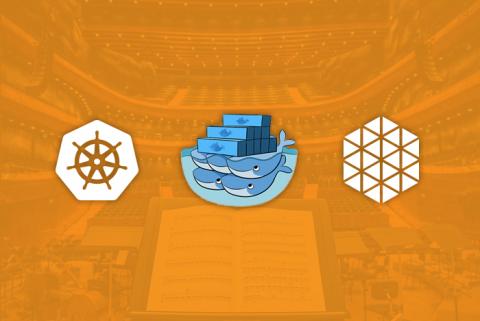Surfacing Application Errors in Selenium Tests
Whether a team is one person or one hundred, automated testing uncovers issues in an application before the code is deployed to production. The earlier a problem is diagnosed, the cheaper and less impact it has on you (the developer) and the organization.











